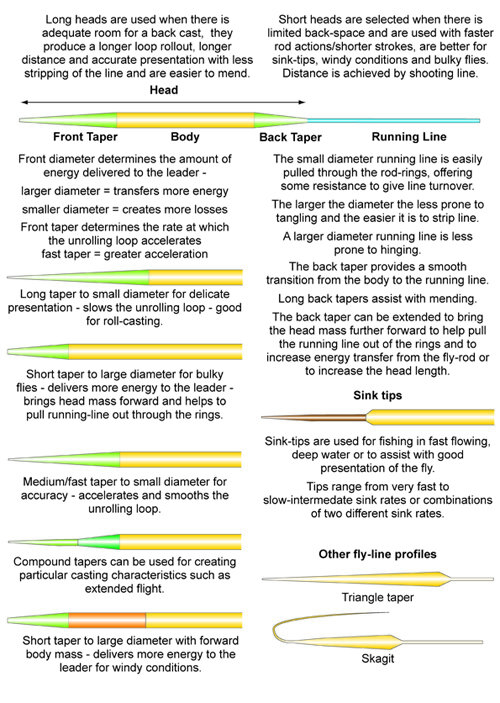Now that the fishing season is upon Maine, you might be thinking about hiring a fishing guide to help you better understand and navigate the fresh water fishing resources in the state. Great idea! Maine has some of the best fly-fishing Guides there are and better yet, some of the best native Brook Trout waters left in the nation. Once the snow melts and the water levels drop after April rains, it’s a good time to consider hiring a guide. Before you do, think about the following questions:
· Where do you want to fish?
· Do you want to fish from a boat or walk in stream side?
· Float boat trip down a river or a v-hull boat on a pond?
· If you want to fish stream-side, do you want easy access or try remote fishing?
· What kind of physical shape am I in?
· And most importantly, what are my expectations of my guide?
Once you answer those questions, you will be ready to hire a fishing guide. But as you do, remember this relationship (Guide to client) is a two-way street. He will do his job and you will need to do yours. What is your role in this relationship? To be a good “Sport”. Here are a few pieces of advice:
1) Understand what you are paying for. Your guide is NOT your servant. Treat he/she professionally and respectfully. Consider them a working partner, having the same shared goals. Communicate your needs and wants for the day. Communicate your physical limits, preferences, likes and dislikes. As a working partner, offer to help the Guide transport gear, load and unload the boat or prepare meals. Remember, this is his/her day too, make it work for both of you. Personally, I have never had a disrespectful experience and feel very fortunate, however other Guides I know have shared some wicked stories.
2) Truly appreciate that there are things out of your guides hands as well as yours. Things like the weather, dam releases, and unexpected crowds at your guide’s favorite spot can influence your day; but that’s life!
3) No metal studs or cleats in your wading boots if you are on a float trip. Float boats are expensive to purchase, maintain, and repair. Please respect the guide’s investment in his tools of the trade. Additionally, if you are at a sporting camp, my guess is they do not want their floors torn up either. Pay attention and stay present.
4) Take the time to ask questions and let the guide know what you would like. Explain to them your expectations and wants. Do you want to fish over dry flies, streamers, or do you want to learn nymphing? Perhaps your casting needs a little work, or maybe you would like to understand what certain flies look like along the stream. Additionally, give feedback in the moment. Whether positive or negative, let the guide know what is working about the day and what is not. A good guide will listen and manage those expectations with affirmation or alternate suggestions.
5) If you bring your own flies, do not be offended when the guide does not use them. Trust the guide, he knows the waters he fishes on and what the fish are looking for. Many guides have customized standard flies to work on specific waters at specific times.
6) If you’re in a float boat, the person in the stern watches the fly lines. It is up to them to ensure the fly lines are not being tangled while casting. Hence, they may not be getting the access or exposure to productive fishing lies as the boat floats downstream.
7) If you are fishing in a boat with your spouse or lover, do not put the guide in the middle of relationship disharmony. You two may have had enough of each other by mid-day, but the guide is still with both of you for the rest of the day. Do not ask the guide to comment, chose sides or validate an opinion. They have been hired to guide you through fishing not your relationship.
8) Guides depend on tips. They have mortgages , truck payments and utility bills as you do. It is expensive to own and maintain fishing equipment of all types. Guides out west must pay the outfitter a fee for the booking and wait for their money as well. Tips can make the difference. Guiding tips are the same as any other service tip. They range from 10%, 15% or 20% of the guiding rate. Normally, 15% to 20% is customary.
9) Lastly, if you and your guide have a bad day on the water, don’t make them feel bad in front of your buddies when you hit the camp. No fish days happens to all of us. Your guide takes no fish days with clients very personally. Respect them and complain out of ear shot.






